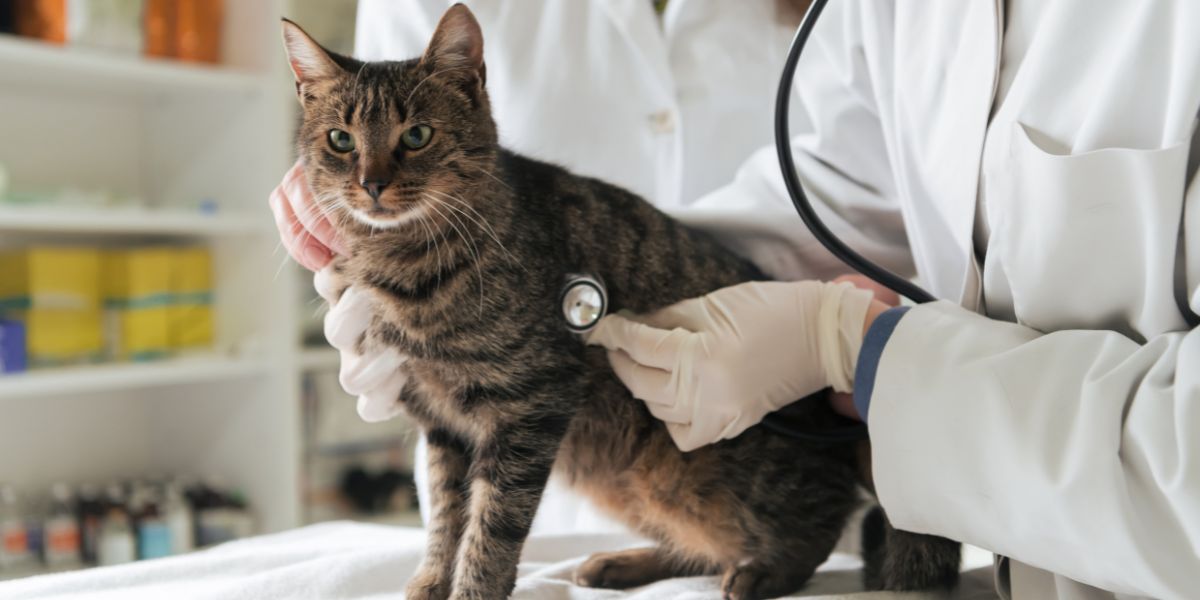Veterinary diagnostics industry trends to 2024
The veterinary diagnostics industry is constantly growing, and the year 2024 will be no exception. According to a study by Grand View Research, the global veterinary diagnostics market will reach $11.2 billion in 2024. This is mainly due to the increase in the number of households with pets as well as the growing concerns of pet owners for the health and well-being of their pets.
Increasing demand for rapid and non-invasive diagnostic tests
Pet owners want fast and accurate results without subjecting their pets to invasive tests. The important time pet owners spend in veterinary offices specializing in diagnosing and treating diseases of pets has a say in this regard.
Factors contributing to this trend:
Raising awareness of the importance of early diagnosis
Pet owners want to protect their pets from serious diseases. Early diagnosis is essential for effective treatment of diseases. Therefore, pet owners are increasingly interested in diagnostic tests that can detect diseases at an early stage.
Increasing the availability of rapid and non-invasive diagnostic tests
In recent years, the availability of rapid and non-invasive diagnostic tests has increased. This is mainly due to the increase in the development of new technologies in the field of veterinary diagnostics.
Opportunities for providers of veterinary diagnostic services
New opportunities are thus emerging for providers of veterinary diagnostic services. Among these, the most visible will be:
Development of new rapid and non-invasive diagnostic tests
Veterinary diagnostic service providers have a number of opportunities to develop new rapid and non-invasive diagnostic tests. These include the development of new technologies to enable rapid and non-invasive testing of pets.
Development of new distribution channels
Providers of veterinary diagnostic services can also develop new distribution channels to reach a wider audience. These include developing new partnerships with veterinary clinics or pet insurance companies.
Developing new awareness campaigns
Veterinary diagnostic service providers can also develop new campaigns to raise awareness of rapid and non-invasive diagnostic tests. The more veterinary offices use such tests, the more they will distribute the health of pets, detecting and preventing the worsening of diseases in time.
Examples of rapid and non-invasive diagnostic tests
Currently, there are a number of rapid and non-invasive diagnostic tests available on the market. These include:
Blood test
Blood tests can be used to diagnose a variety of diseases, including infections, chronic diseases, and cancer. Quick and non-invasive blood tests can be performed at veterinary clinics or even at home.
Urine tests
Urine tests can be used to diagnose a variety of diseases, including infections, kidney disease, and diabetes. Quick and non-invasive urine tests can be performed at veterinary clinics or even at home.
Imaging tests
Imaging tests such as X-rays, ultrasonography, and MRI can be used to diagnose various diseases, including injuries, infections, and tumors. Quick and non-invasive imaging tests can be performed at veterinary clinics or even at home.
The increasing demand for rapid and non-invasive diagnostic tests is a trend that will continue to develop in the coming years. The providers of veterinary diagnostic services that manage to adapt to this trend will be the ones that will be successful in this field in 2024 and well into the future.



